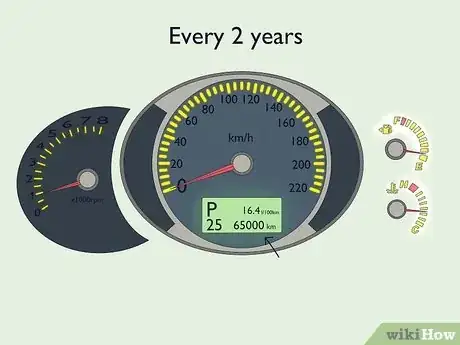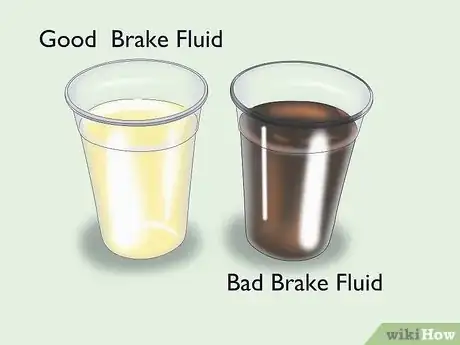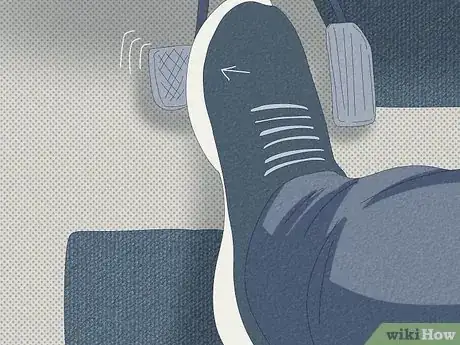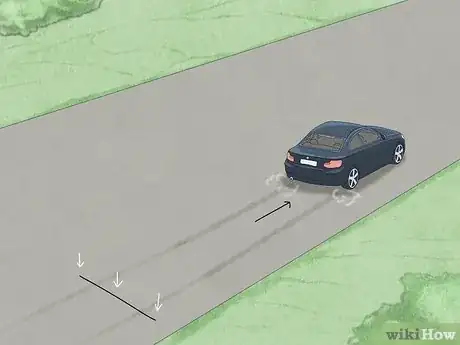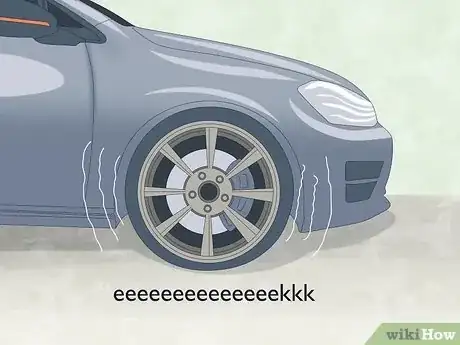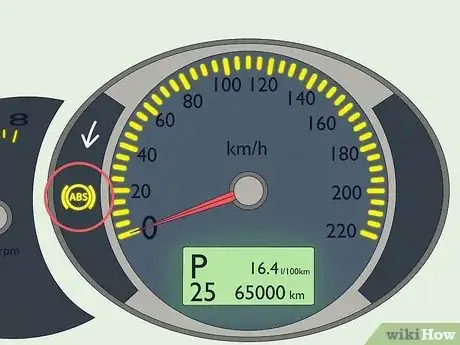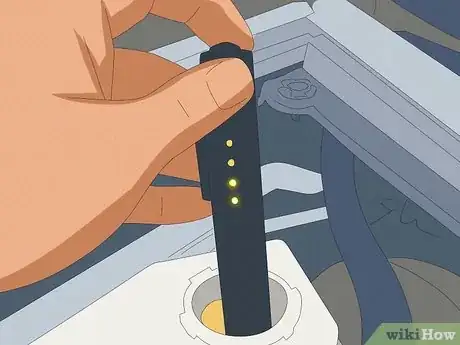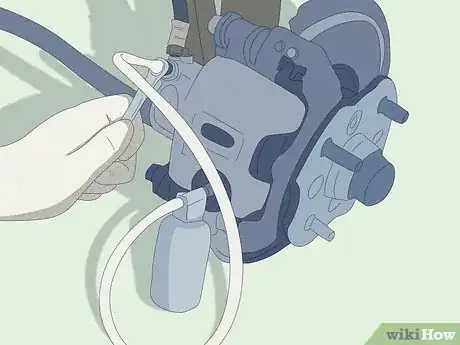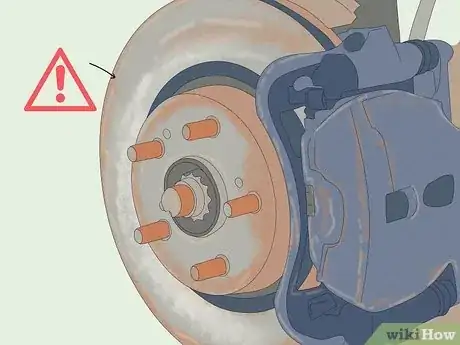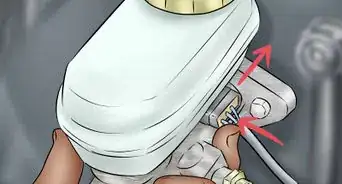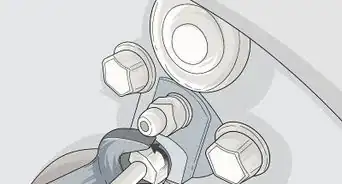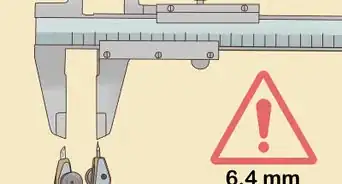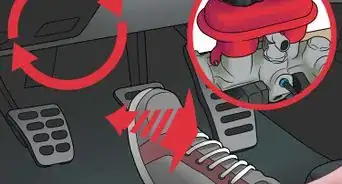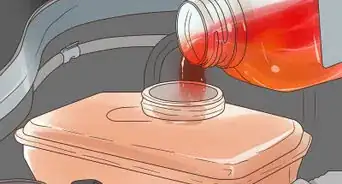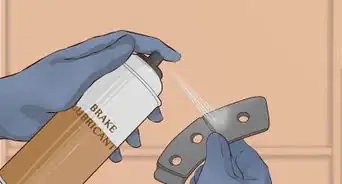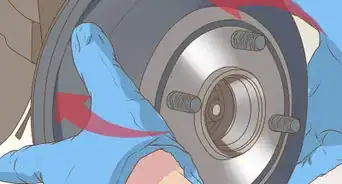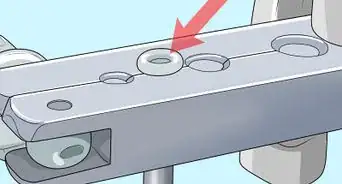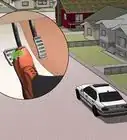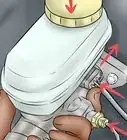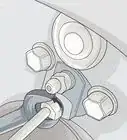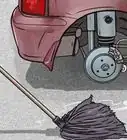This article was written by Ed Beery and by wikiHow staff writer, Hunter Rising. Ed Beery is an Automotive Specialist and the Owner of InTechgrity Automotive Excellence based in Denver, Colorado. With more than eight years of experience, he specializes in providing maintenance and repair services for both individuals and companies. Ed and the InTechgrity Automotive Excellence Team are approved by the American Automobile Association (AAA) for repairs and are Automotive Service Excellence (ASE) certified.
There are 10 references cited in this article, which can be found at the bottom of the page.
Have you noticed your brakes aren’t working as well as they used to? If you can’t remember the last time you checked your brake fluid, it may be causing the issue. Brake fluid helps your vehicle come to a stop and is important for keeping you safe when you’re driving. Luckily, we can help you keep track of when it’s time to change your brake fluid. Once you’re finished reading, you’ll have no trouble recognizing when your brake fluid is ready to get replaced.
This article is based on an interview with our automotive specialist, Ed Beery, owner of InTechgrity Automotive Excellence. Check out the full interview here.
Things You Should Know
- Replace your brake fluid every 2 years or 30,000–50,000 mi (48,000–80,000 km); whichever comes first.
- Check the quality and level of your brake fluid once a month using test strips or an electronic meter.
- Signs of bad brake fluid are a soft or spongy feeling when you press your brake pedal, increased stopping distance, and grinding noises when you brake.
Steps
Warnings
- Brake fluid is corrosive, so be sure to wear safety glasses and gloves if you’re refilling your brake system.[10]⧼thumbs_response⧽
References
- ↑ https://youtu.be/6tQtyxbac4M?t=69
- ↑ https://youtu.be/8pasUhLPg-E?t=46
- ↑ https://youtu.be/KAZtL3flPH8?t=336
- ↑ https://www.consumerreports.org/cars/smarter-biggest-red-flags-when-buying-a-used-car-a2304649714/
- ↑ https://youtu.be/t7JCh7PHoDc?t=1522
- ↑ https://my.chevrolet.com/content/dam/gmownercenter/gmna/dynamic/manuals/2016/Chevrolet/Tahoe/2016%20Chevrolet%20Tahoe.pdf
- ↑ https://www.kia.com/content/dam/kwcms/kme/uk/en/assets/static/owners/service-maintenance/Kia_Dashboard_Warning_Lights.pdf
- ↑ https://youtu.be/rhYzWLKQ6j4?t=318
- ↑ https://youtu.be/t7JCh7PHoDc?t=1503
